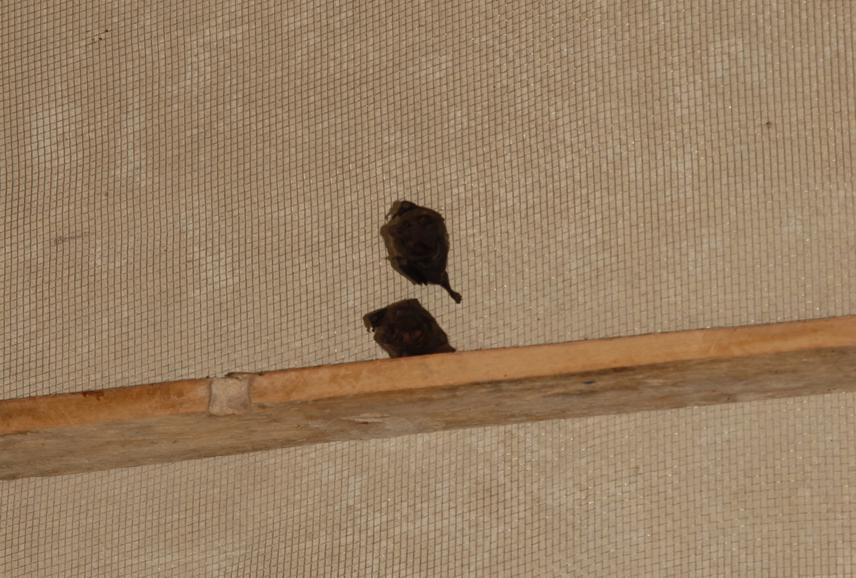Gloriana Chaverri
Other projects
The aim of this study is to examine the effects of habitat degradation and loss on population persistence and dispersal in Spix’s disk-winged bat(/Thyroptera tricolor/).

Human-induced habitat loss and fragmentation are the main factors driving local and worldwide extinctions, and understanding how our actions are affecting the survival of populations is a crucial first step to mitigate our disruptive behaviour. Specifically, we still know very little about how habitat degradation and destruction affect population dynamics, and data on dispersal behaviour of most species are lacking. Examining dispersal ability is essential to understand how populations respond to habitat destruction since species capable of tracking the shifting mosaic of suitable habitat patches have a better chance of persistence.
Here I propose an experiment to examine the effects of habitat degradation and loss on population persistence and dispersal in Spix’s disk-winged bat (/Thyroptera tricolor/) in southwestern Costa Rica. This bat roosts in the tubular leaves of /Heliconia/ and /Calathea/, and, because of its peculiar roosting ecology, /T. tricolor/ provides a unique opportunity to test how the distribution and abundance of habitat influences dispersal and population persistence. To experimentally mimic habitat degradation, we will remove 0, 33 or 66% of plants used as roosts at our study plots, and monitor population dynamics and social behaviour to determine if habitat degradation results in a decline in population size or in the density of social groups.
To experimentally mimic habitat loss, we will cut all plants in all plots and record dispersal patterns of bats by fitting them with radio transmitters. We will survey newly occupied patches, and meanwhile allow the original plots to become re-established. We will then continue to survey all patches to determine whether /T. tricolor/ recolonizes its original habitat. The results of this study will provide a model to understand the effects of worldwide habitat destruction on other bat species and communities, allowing better conservation and management plans for these and other organisms.